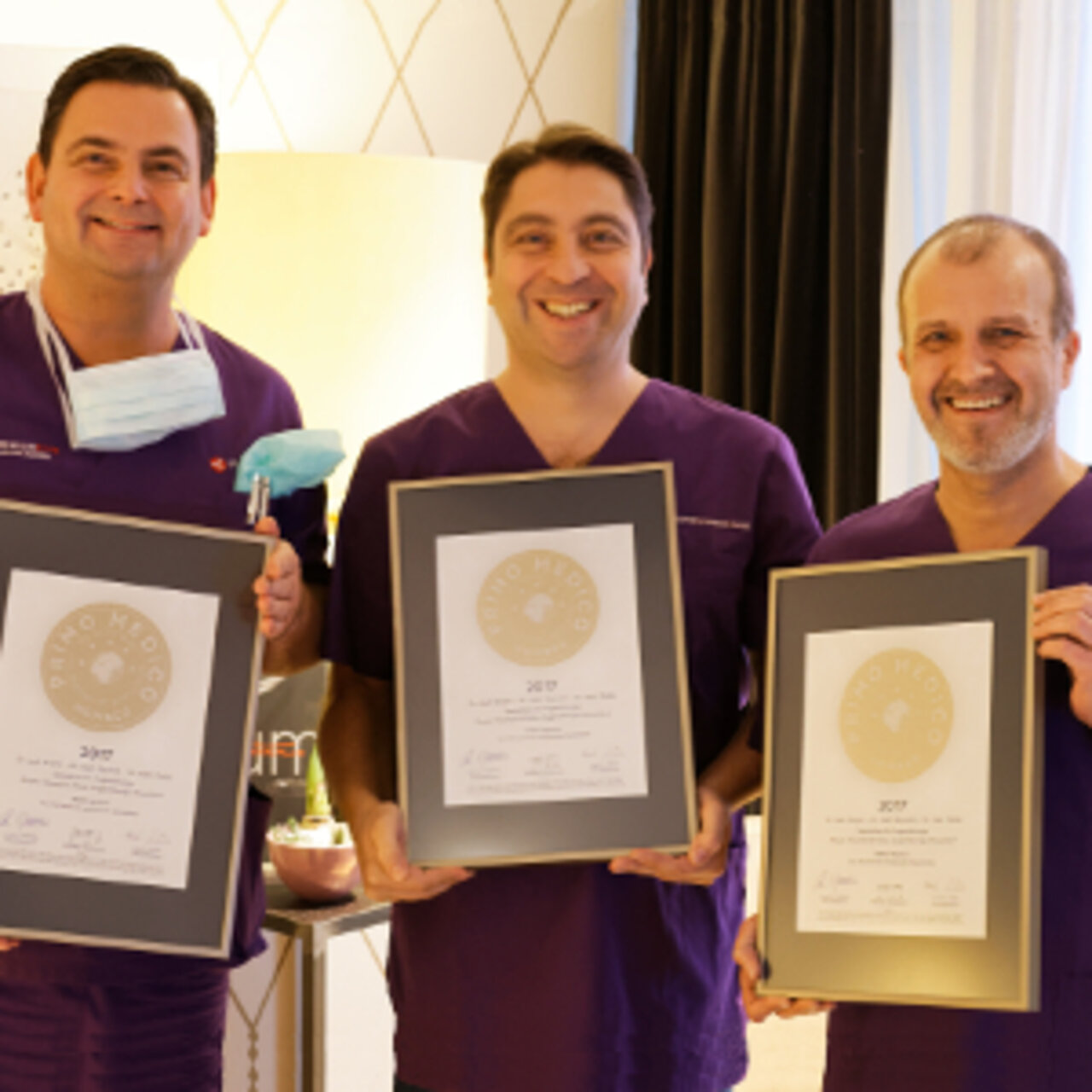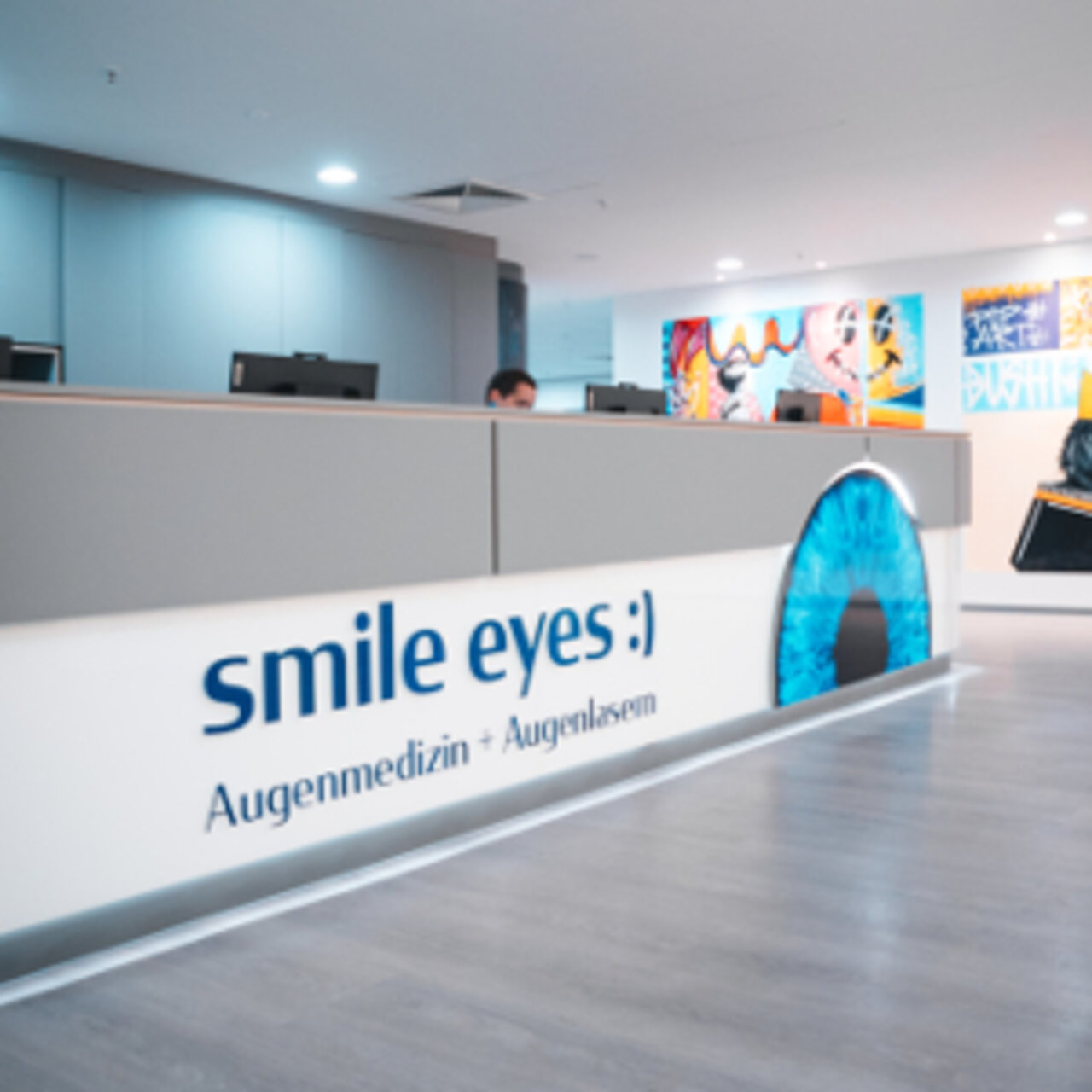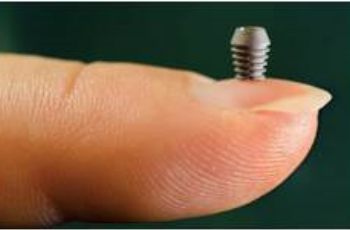Specialists in Astigmatism
8 Specialists found
Information About the Field of Astigmatism
What is astigmatism?
Astigmatism is a very common refractive error of the eye that often accompanies short-sightedness or far-sightedness. Under normal conditions, the cornea maintains a regular spherical curvature. However, in astigmatism, the curvature of the cornea is uneven in perpendicular axes. This causes the incoming light rays to refract differently. Instead of striking the retina at a single point, as in normal-sighted people, the rays strike the retina in separate lines. This produces a blurred image.
This corneal curvature abnormality is referred to as astigmatism. The word astigmatism stems from the Greek language and means the absence of a point. In most cases, the curvature of the cornea is more pronounced in the vertical than in the horizontal plane. This is known as "with-the-rule" astigmatism. If it is more curved in the horizontal direction, it is called "against-the-rule" astigmatism. Apart from these frequently encountered types of regular astigmatism, there are also rare types of irregular astigmatism. In such cases, certain areas of the cornea show different refractive powers.
What are the causes of astigmatism?
Regular astigmatism is in most cases inborn and there is almost no change with advancing age. The frequent vertical curvature of the cornea is thought to be caused by the pressure exerted by the upper eyelid, a factor that contributes to the deformity. Irregular astigmatism can be caused by an injury with corneal scarring or stem from keratoconus, which is a cone-shaped forward bulging of the cornea.
What is the impact of astigmatism?
Slight forms of astigmatism are hardly noticeable. Patients with more severe astigmatism have blurred and out-of-focus vision all the time, both up close and at a distance. Affected persons often suffer from eyestrain or headaches.
How can astigmatism be corrected?
An abnormal corneal curvature may be corrected with prescription eyeglasses or contact lenses. The glasses feature a so-called cylindrical or toric lens. It is more curved in one axis than in the other. In this way, the abnormal curvature of the cornea is evened out. If the astigmatism is present in only one axis, the lens will be curved only in this distinct direction. The strength of cylindrical lenses is expressed in diopters and marked with cyl. The axis, which is the direction of the curvature, is denoted by a capital A.
Glasses for astigmatism
Eyeglasses are capable of compensating for both short- and far-sightedness as well as astigmatism simultaneously. The prescription for eyeglasses contains the number of diopters of short- or far-sightedness which is indicated by a sph. followed by the number of diopters of astigmatism. During an eye examination, the ophthalmologist or optician measures the refractive error using an objective and a subjective method.
The refractometer allows for objective assessment of the refractive error. It involves projecting an infrared image onto the patient's retina and automatically focusing the image. For subjective and precise adjustment, the ophthalmologist or optician will have the patient try glasses of different strengths while the patient is asked to choose the lens that offers best vision. In addition, the corneal surface can be accurately measured using an ophthalmometer.
Contact lenses also improve vision in cases of irregular corneal curvature
While irregular astigmatism cannot be corrected by eyeglasses, contact lenses work for both regular and irregular types of astigmatism. Two types of contact lenses are available: stable contacts that retain their shape even outside the eye as well as soft contacts that can be molded and therefore have to be stored in liquid. Astigmatism can be corrected nicely using a form-stable contact lens. The cornea adjusts to the contact lens and becomes uniformly curved. An irregular astigmatism can be corrected solely by a stable contact lens. Regular astigmatism, on the other hand, can also be treated with soft contact lenses. These soft contact lenses have a toric shape like an eyeglass lens and spontaneously find their position in the eye.
Oftentimes patients ask for contact lenses because of cosmetic reasons. There are other advantages to contact lenses, though: they do not narrow your field of vision and do not fog up. In the case of very severe vision impairment, patients often find contacts as more comfortable to wear than glasses, as the lenses of glasses have to be very thick. However, not everyone can stand having to wear contact lenses throughout the day. Like a foreign body, they may lead to irritations in the eye. Also clumsy exchange and poor cleansing of the contacts can cause injuries of the cornea, bring in bacteria and result in infections.
Can astigmatism be lasered?
Astigmatism can also be corrected surgically or with laser treatment. It involves modifying the refractive power of the cornea or correcting the refractive error of the lens. The Commission for Refractive Surgery of the German Ophthalmological Society and the Professional Association of German Ophthalmologists recommend the following methods:
Ocular surface treatments such as PRK (photorefractive keratectomy), trans-PRK or LASEK are recommended for astigmatism of up to 5 diopters, in some cases up to 6 diopters. If also short- or far-sightedness are to be present, these limit ranges can be changed. Ocular surface treatments involve ablating thin slices of the cornea with a so-called Eximer laser. The cornea is shaped in a way that the abnormal curvature is evened out. Next, the patient receives temporary contact lenses, under which the superficial wound can heal within a few days.
LASIK (laser-assisted in-situ keratomileusis) and femto-LASIK can be applied for astigmatism of up to 5 diopters, with some limitations up to 6 diopters. Also in this case, short- and near-sightedness can lead to a change in the limit range. In LASIK, a layer of 0.1 to 0.15 mm in thickness is partially detached from the cornea using a microkeratome, a highly advanced microscalpel, and then flipped over. Using the Eximer laser, surgeons ablate thin slices of the cornea. The result is an even corneal curvature. Finally, the folded corneal flap is placed back on top and will grow on by itself. Femto-LASIK is a more recent form of LASIK. In this method, the microkeratome is replaced by a femtosecond laser.
Refractive lenticule extraction (ReLEx) takes advantage of a femtosecond laser and is recommended for astigmatism of up to -5 diopters. This method uses only the femtosecond laser. In ReLEx FLEx, a tissue slice is created by a double incision using the femtosecond laser. The upper corneal flap is elevated, the tissue slice is removed and the initial flap is subsequently folded back and is left to heal on its own. With ReLEx SMILE, the tissue flap is removed via two incisions on the side without the need to lift the flap.
Astigmatism is also treatable by artificial lens implantation (phakic intraocular lens or PIOL). During this procedure, the surgeon opens the eye at the corneal edge and places an additional artificial lens into the eye. The artificial lens resembles a contact lens and can either be fixated to the iris in the anterior chamber or fitted in the angle of the chamber, but it may also be implanted behind the iris above the lens. The incision can be stitched back together but it can also heal without sutures.
Laser eye surgery (LASIK, femto-LASIK or ocular surface treatment), implantation of an intraocular lens or refractive lens exchange should only be carried out after the age of 17.
Laser treatment or surgery for astigmatism – what risks are associated?
During the first few hours following surface treatment of the eye, patients have worse vision and have moderate, rarely severe pain. During the first week, the lasered parts of the cornea will partially be refilled with corneal epithelium. For this reason, temporary worsening of vision is possible. Scarring of the cornea is possible, too. Patients frequently complain about increased dryness of the eyes and also vision during dawn can be restricted: patients may perceive halos around light sources and shadow images.
Following LASIK, femto-LASIK as well as ReLEx, patients initially have worse vision with moderate discomfort. Just like experienced after surface treatment, the outcome can worsen during the first weeks, eyes can become progressively drier and vision at dawn may deteriorate. Very rarely, mistakes may happen during corneal incision or ablation of the uppermost layer, folds of the corneal flap during healing (LASIK and femto-LASIK) as well as irregular cut surfaces may develop (ReLEx), the corneal slice may be incompletely removed (ReLEx), the cornea may be weakened or bulged outwards or inflammation, infection or excessive scarring may occur.
Generally, all methods have a greater risk of complications if the defect to be corrected is larger. For successful LASIK, femto-LASIK or ReLEx, the cornea itself as well as corneal tissue below the incision must be sufficient in thickness! LASIK, femto-LASIK or ReLEx should not be performed in cases of chronically progressive corneal disorders, cataract, glaucoma with severely impaired visual field, exudative macular degeneration or forme fruste keratoconus which is a type of corneal protrusion.
Phake intraocular lens (PIOL) implantation is rarely associated with the following complications: sudden increase of intraocular pressure, damage to the iris, changes in pupillary form, damage or clouding of the cornea, clouding of the lens, chronic inflammation and displacement of the artificial lens. In particular cases, the retina can detach which may lead to blindness. The artificial lens cannot be implanted in patients suffering from glaucoma with a restricted visual field or if the inner corneal layer has suffered serious damage.
Which doctors and clinics are specialists for astigmatism?
If you're in need of a doctor, you expect the best medical care possible. So of course patients are curious to find out what clinic to go to. As there is no objective way to answer this question and a legitimate doctor would never claim to be the best, patients must rely on a doctor's experience.
Let us help you find an expert for your condition. All listed doctors and clinics have been reviewed by us for their outstanding specialization in the field of astigmatism and are looking forward to your inquiry or wish for treatment.
Medical Articles
Your benefits
If you have found a matching specialist, you can contact him/her directly and upload records if needed. And in case you need treatment, you can…
We will direct your request to the appropriate specialists
We are happy to assist you in choosing a specialist for your needs. The service of PRIMO MEDICO is always free, confidential and discreet for…
The treatment of scoliosis in transition - When is surgery necessary?
Scoliosis is a lateral deviation of the spine. This usually involves torsion of the individual trunk sections as well as a change in the side…
Specialists' Second Opition
Many people suffer from shoulder pain or hip problems. In this case, doctors quickly recommend surgical intervention. But is this really always…
High-tech against cancer: new treatment facility put into operation
At the Paul Scherrer Institute in Switzerland a new state-of-the art treatment facility, the so-called Gantry 3, has been put into operation.
Implants: "The Longer, the Better" Has Had Its Days
Ultra-short implants have a significantly better durability than expected by experts - with lower costs, treatment times, and complications.
Modern Prostheses for Natural Walking
The ankle joint is particularly susceptible to degeneration such as osteoarthritis. It has to bear the greatest weight of all joints in the body.











![[Translate to English:] Zweitmeinung von Spezialisten [Translate to English:] Zweitmeinung von Spezialisten](/fileadmin/user_upload/Zweitmeinung-von-Spezialisten_350px.jpeg)


